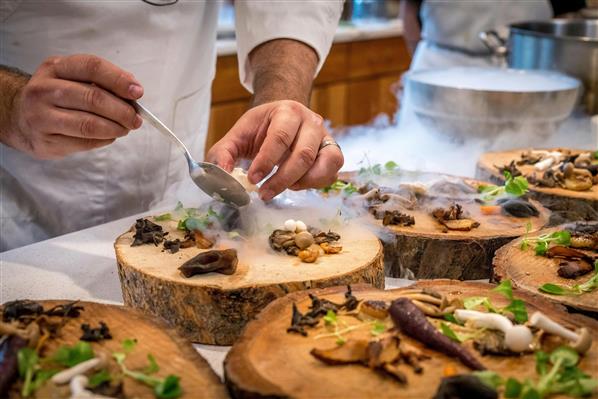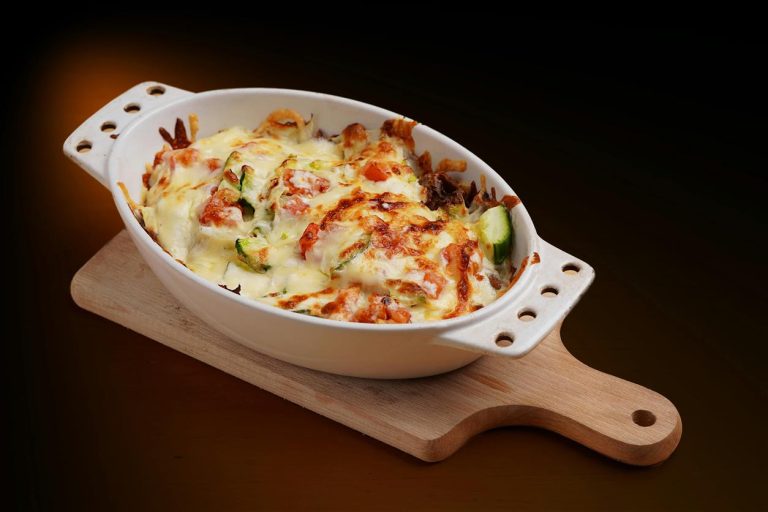
More than a decade after it first captured the attention of the global culinary world, molecular gastronomy is showing signs of a quiet revival. Once hailed as the avant-garde future of fine dining, then dismissed by some as overly experimental or even gimmicky, the science-driven approach to food is now reappearing in more thoughtful, restrained, and mature forms across kitchens from Copenhagen to Seoul.
This isn’t the same wave that brought foams, edible spheres, and deconstructed desserts to the forefront of food media in the early 2000s. Instead, the resurgence of molecular gastronomy reflects a broader shift: chefs are not trying to shock anymore—they’re using scientific techniques to refine flavors, enhance textures, and craft experiences that feel more personal and grounded, even if the methods remain complex.
A Brief Look Back
To understand the current moment, it helps to revisit how molecular gastronomy rose to prominence. The term itself was coined in the 1980s by Hungarian physicist Nicholas Kurti and French chemist Hervé This. It referred not to a cuisine, but to the scientific study of culinary processes—what happens to food at the molecular level when it is heated, cooled, emulsified, or fermented.
By the early 2000s, the science had spilled onto the plate. Pioneering chefs like Ferran Adrià (El Bulli), Heston Blumenthal (The Fat Duck), and Grant Achatz (Alinea) pushed the boundaries of what diners expected from a meal. Liquid nitrogen sorbets, edible air, reverse spherification, and sous-vide cooking became symbols of a new culinary era.
But for all its artistry, molecular gastronomy also developed a reputation for being distant or overly cerebral. Detractors argued it prioritized technique over taste, or spectacle over satisfaction. As farm-to-table dining gained traction, many chefs turned back to traditional methods, focusing on simplicity, terroir, and seasonal ingredients.
What’s Different in 2025?
Today, molecular gastronomy is not returning as the headline act. Instead, it’s being absorbed more seamlessly into mainstream fine dining, valued more for what it can add than for how it looks.
- Technique Without Distraction
Chefs are applying molecular methods more subtly. Rather than centering entire dishes around a striking visual, they’re using techniques like gelling, emulsification, or low-temperature cooking to perfect textures or highlight a flavor note. The science remains—but it no longer steals the show. - Integration with Local and Natural Ingredients
Many restaurants now use modernist techniques to enhance the natural properties of ingredients rather than obscure them. For example, fermenting a regional vegetable with precise pH control, or clarifying a local broth to intensify its aroma. - Technology Has Evolved
What was once exclusive and expensive—rotary evaporators, centrifuges, freeze dryers—is more accessible than ever. Equipment that once resided only in Michelin-starred kitchens is showing up in smaller, less formal settings, allowing a new generation of chefs to explore molecular techniques without the high barrier to entry. - A New Generation of Chefs
Younger cooks who came of age after the first wave of molecular gastronomy aren’t weighed down by its legacy. They see no conflict in blending old-world flavors with scientific technique. To them, using a water bath to control temperature or an ultrasonic homogenizer to stabilize an emulsion is simply a way to get better results—not an ideological stance. - Cross-Cultural Fusion
This time around, molecular gastronomy isn’t centered only in Western Europe and North America. Chefs across Asia, South America, and Africa are combining regional traditions with high-tech methods to craft dishes that are both grounded in local culture and refined through precise technique.

Diners Are Ready Again
Part of the revival is consumer-driven. Today’s diners are more informed, more curious, and often more open to unexpected textures or presentations. They’ve grown accustomed to plant-based proteins, fermented drinks, and unusual flavor pairings through social media and street food. A dish made with ultrasonic-infused oil or freeze-dried herbs doesn’t feel nearly as alien as it did twenty years ago.
At the same time, the desire for experience in dining has returned—though not in the theatrical way it once did. Guests now seek meals that are engaging, perhaps even interactive, but still rooted in comfort and coherence. Molecular gastronomy is well-suited for this evolution. Its tools allow chefs to fine-tune a dish not just for flavor and temperature, but for aroma, mouthfeel, and sequence—without losing emotional warmth.
A Question of Terminology
Interestingly, many chefs today avoid the label “molecular gastronomy” altogether. The term still carries baggage—conjuring images of overcomplicated dishes and culinary elitism. Instead, they talk about “modernist cooking,” “scientific technique,” or simply “kitchen precision.” The shift in language reflects a broader repositioning: science is a support tool, not the star.

Challenges and Criticism Persist
The cautious return of molecular gastronomy does not mean it’s immune to critique. Some argue that an overreliance on lab-like tools distances cooks from the intuitive, sensory experience of cooking. Others point out that many of these techniques require heavy energy consumption, contributing to a carbon footprint that feels out of step with current environmental concerns.
Still, the current wave is more self-aware. There’s less appetite for indulgent trickery and more focus on responsible sourcing, efficiency, and flavor.
Where It’s Headed
Molecular gastronomy, as it was once understood, may never return in full flamboyance. But the techniques it introduced—controlled spherification, precision cooking, textural manipulation—are here to stay. They’ve moved from the periphery of experimental cuisine to the toolbox of skilled chefs in many kinds of kitchens.
In a world where diners value both transparency and creativity, the reemergence of molecular gastronomy isn’t about a return to the past. It’s about finding balance: between science and soul, performance and purpose, chemistry and culture.
And that balance might be the key to its staying power this time around.
4o






